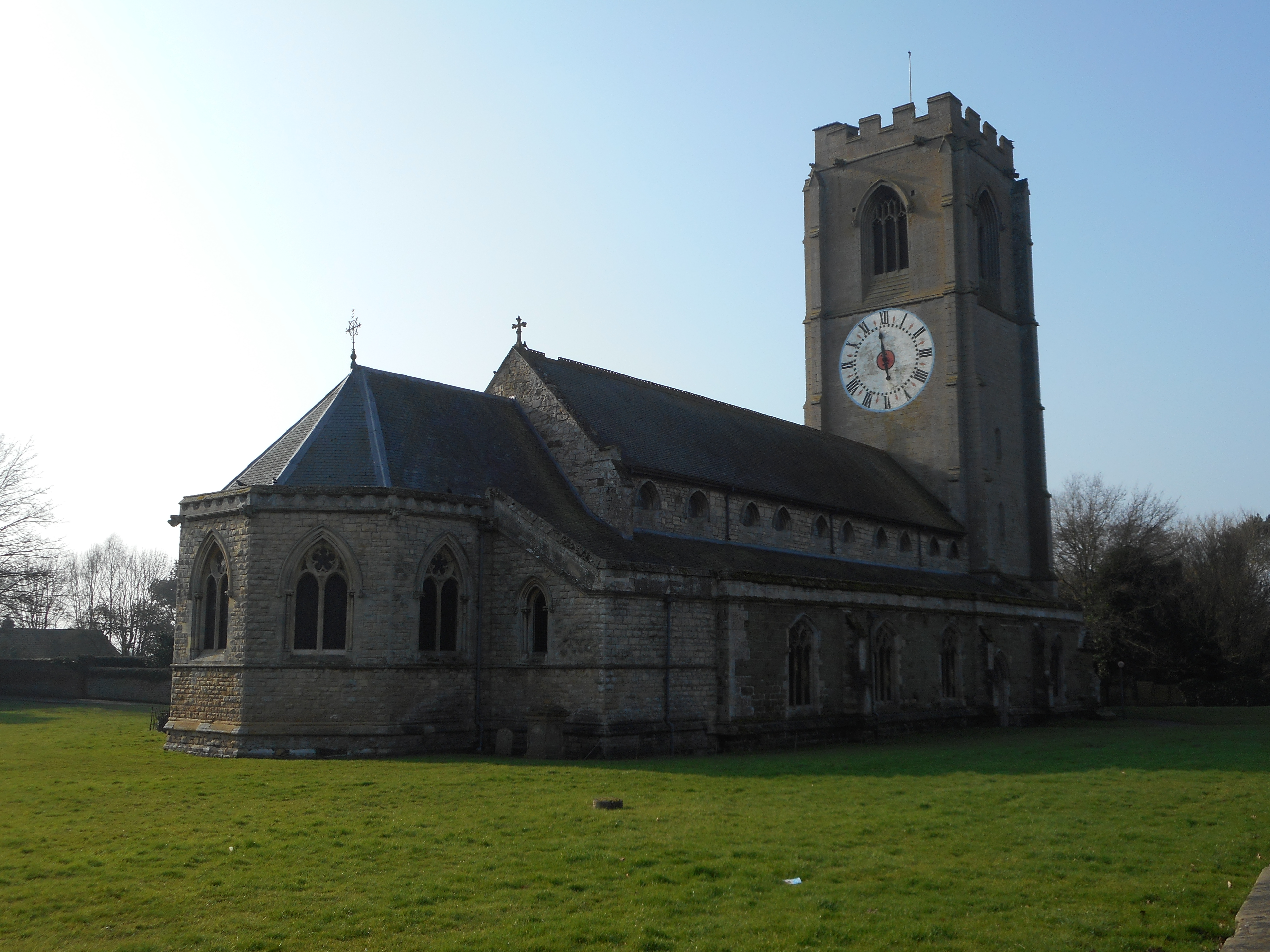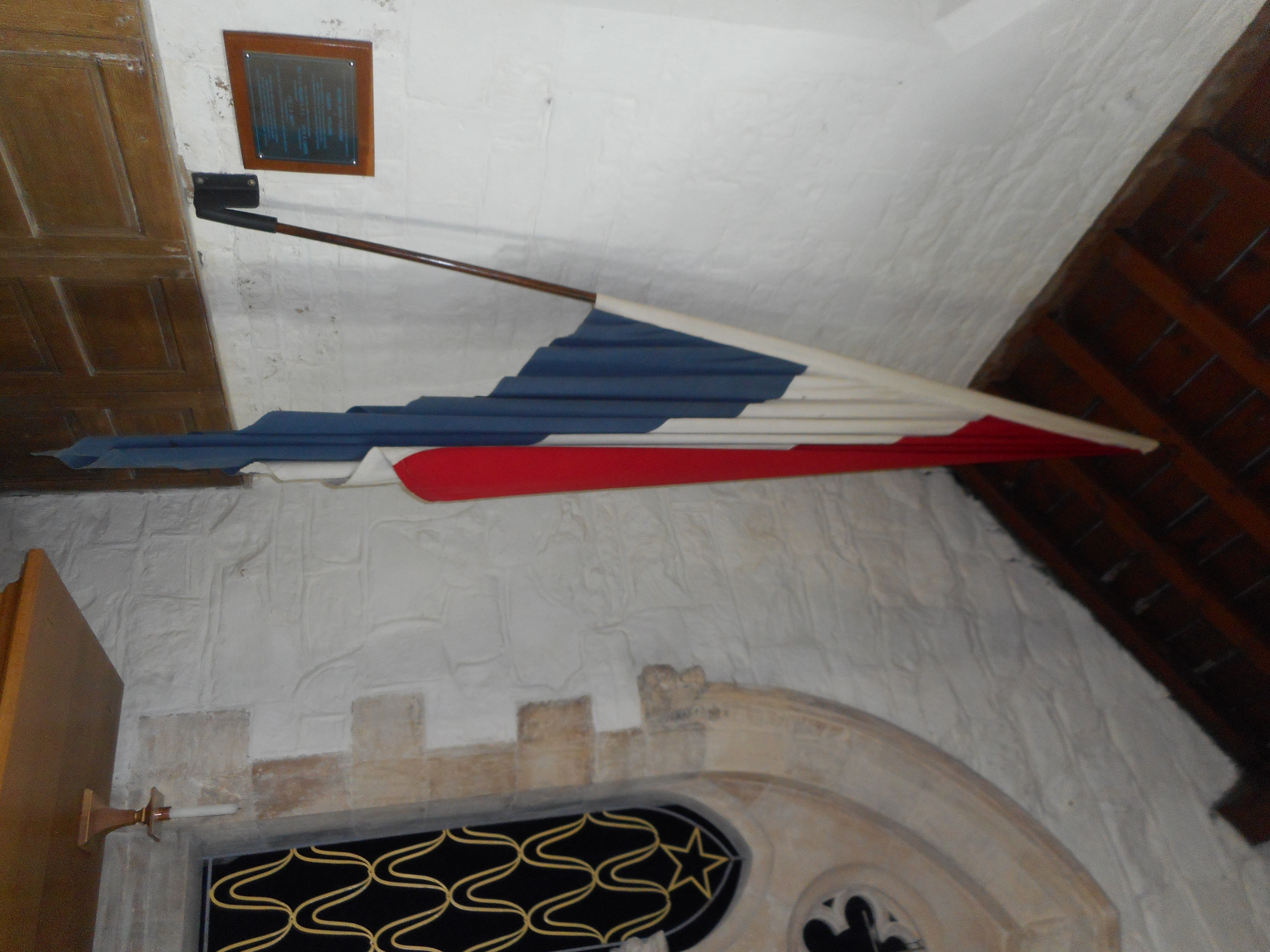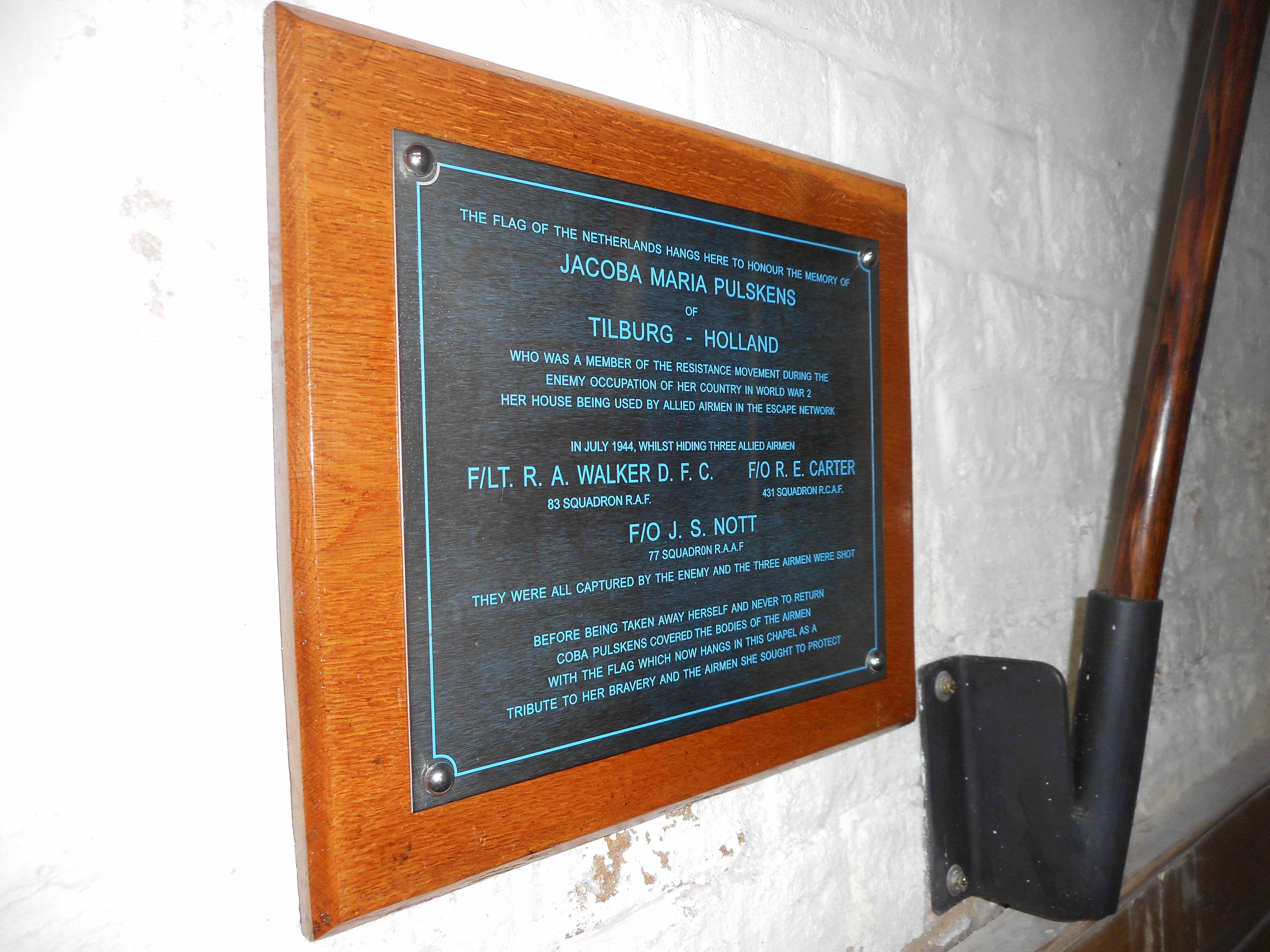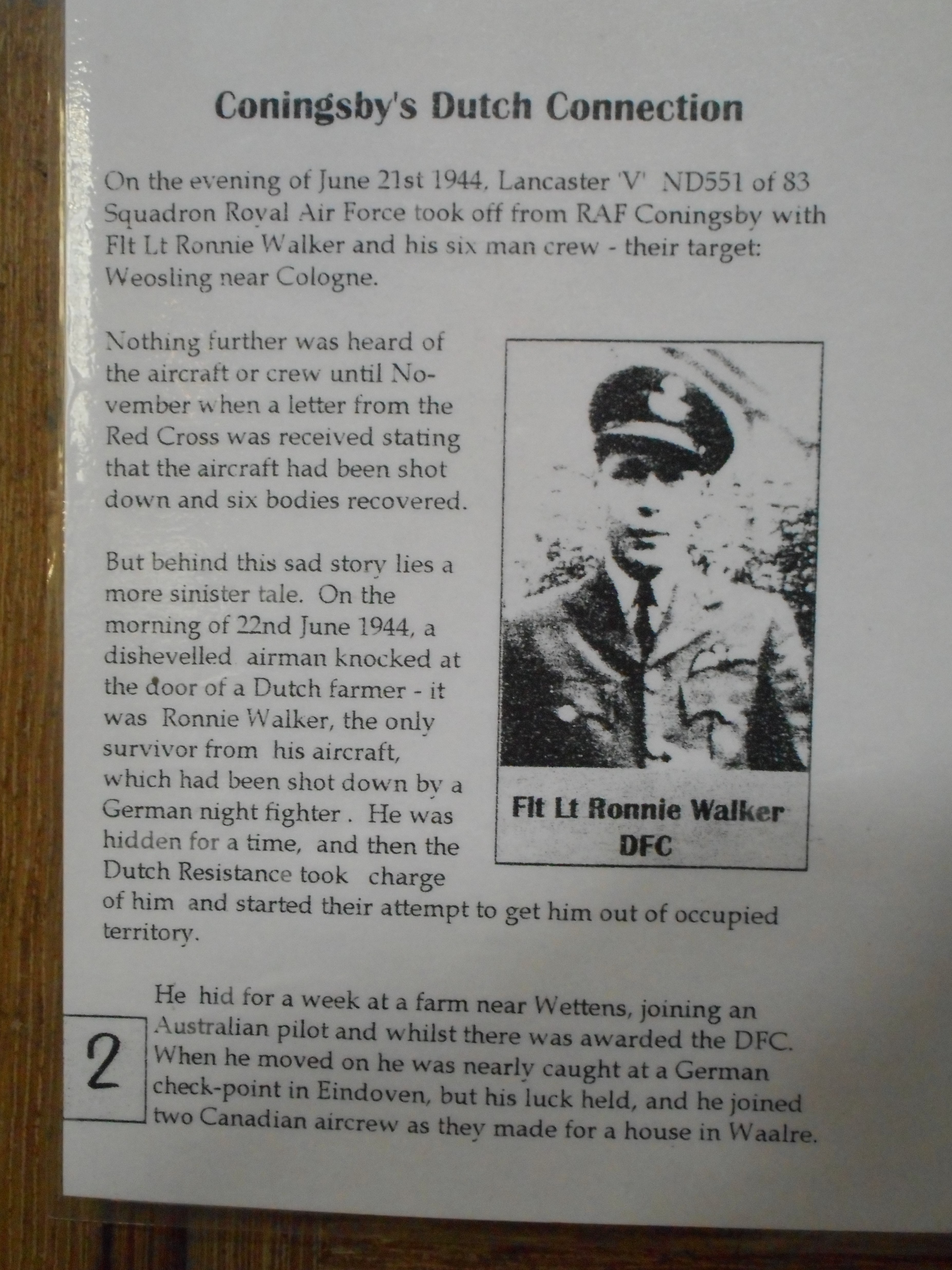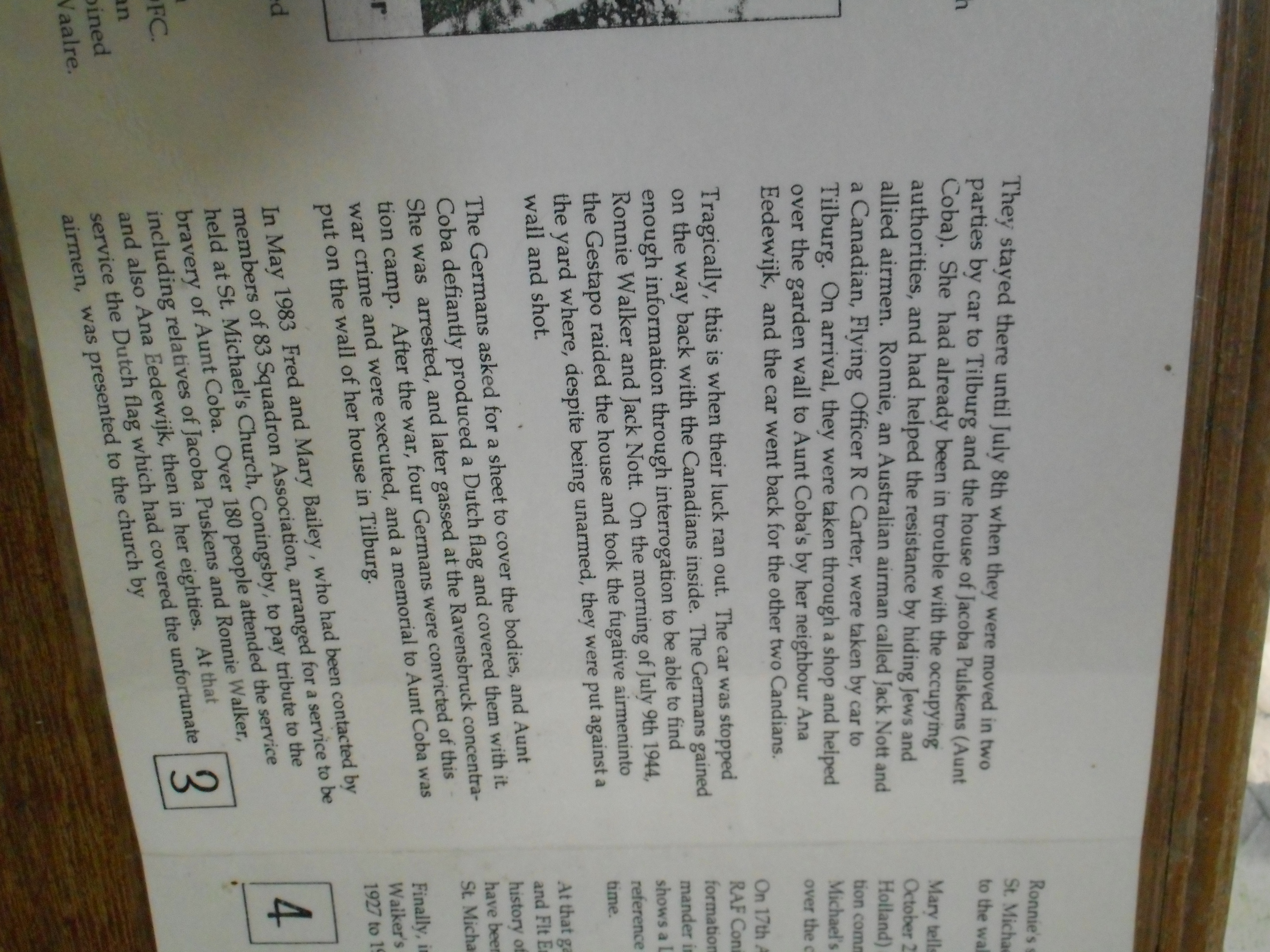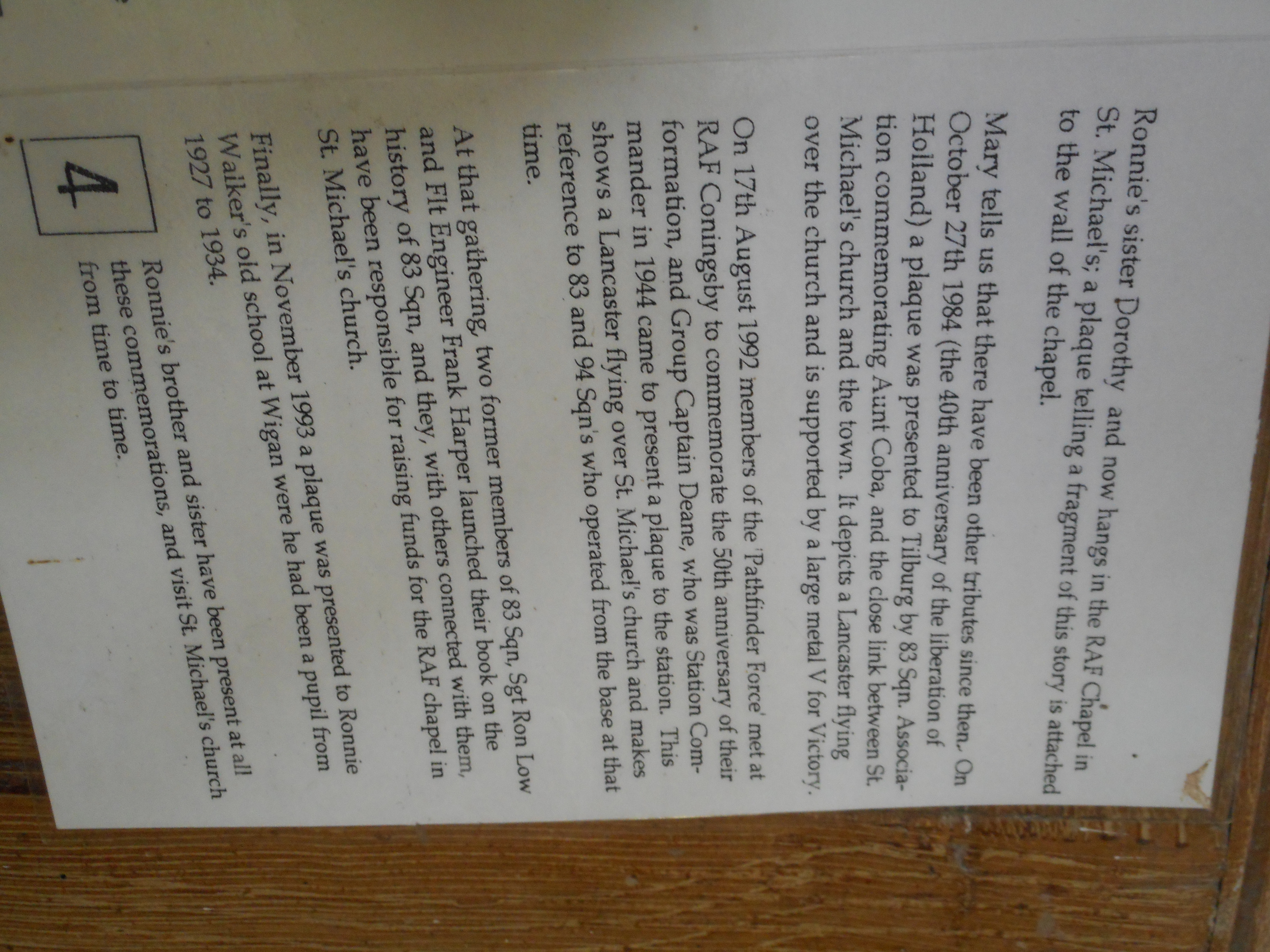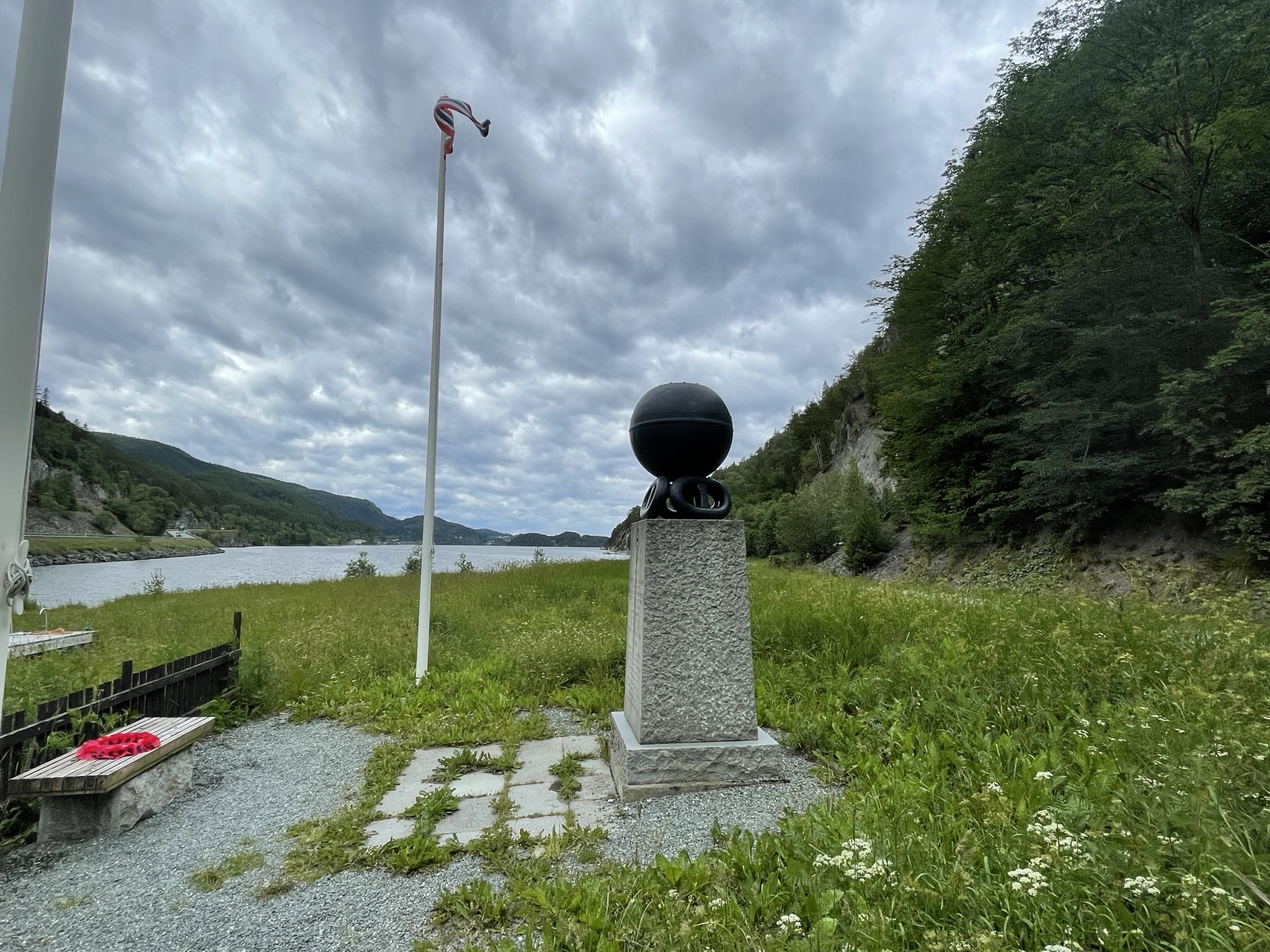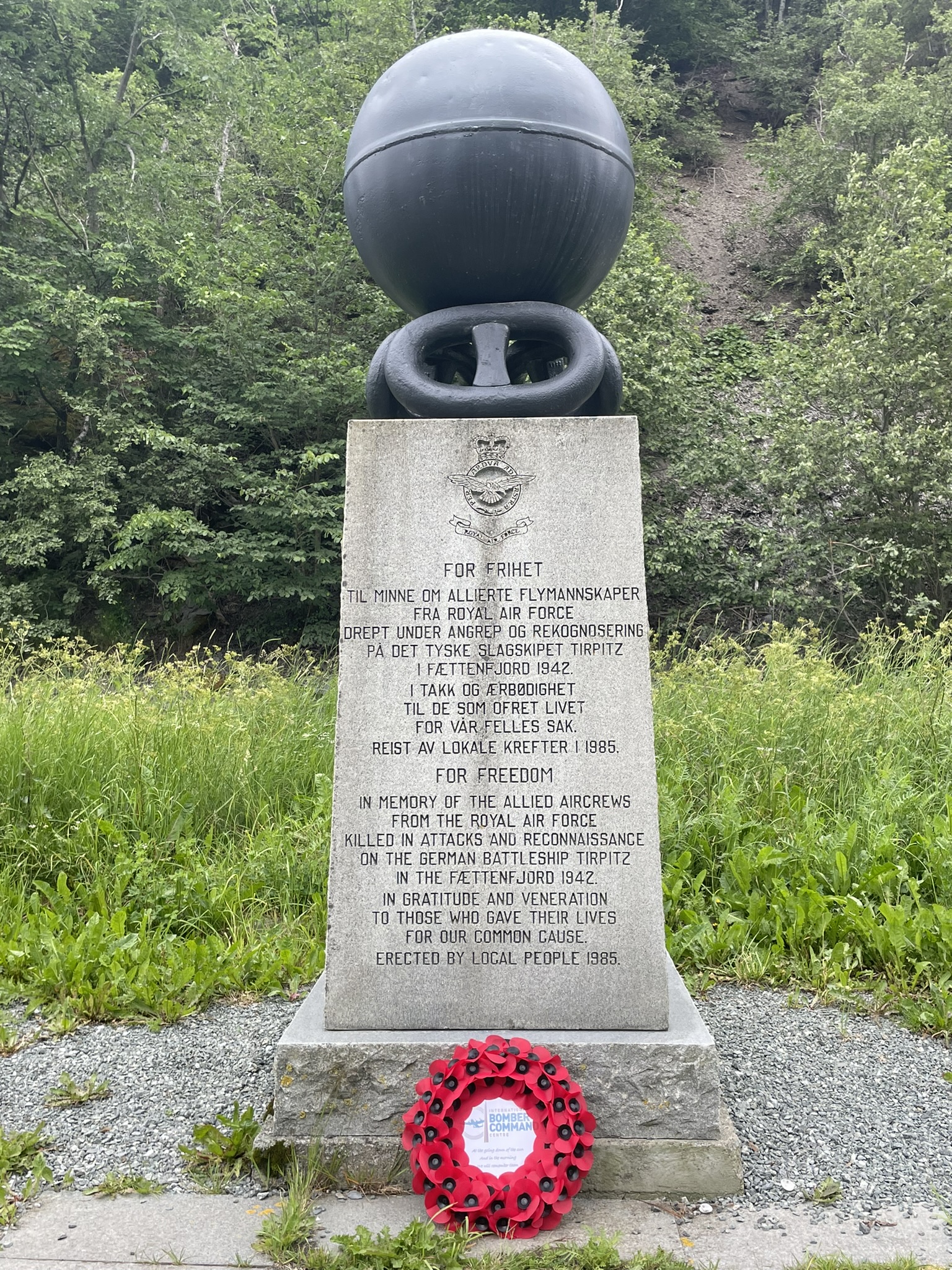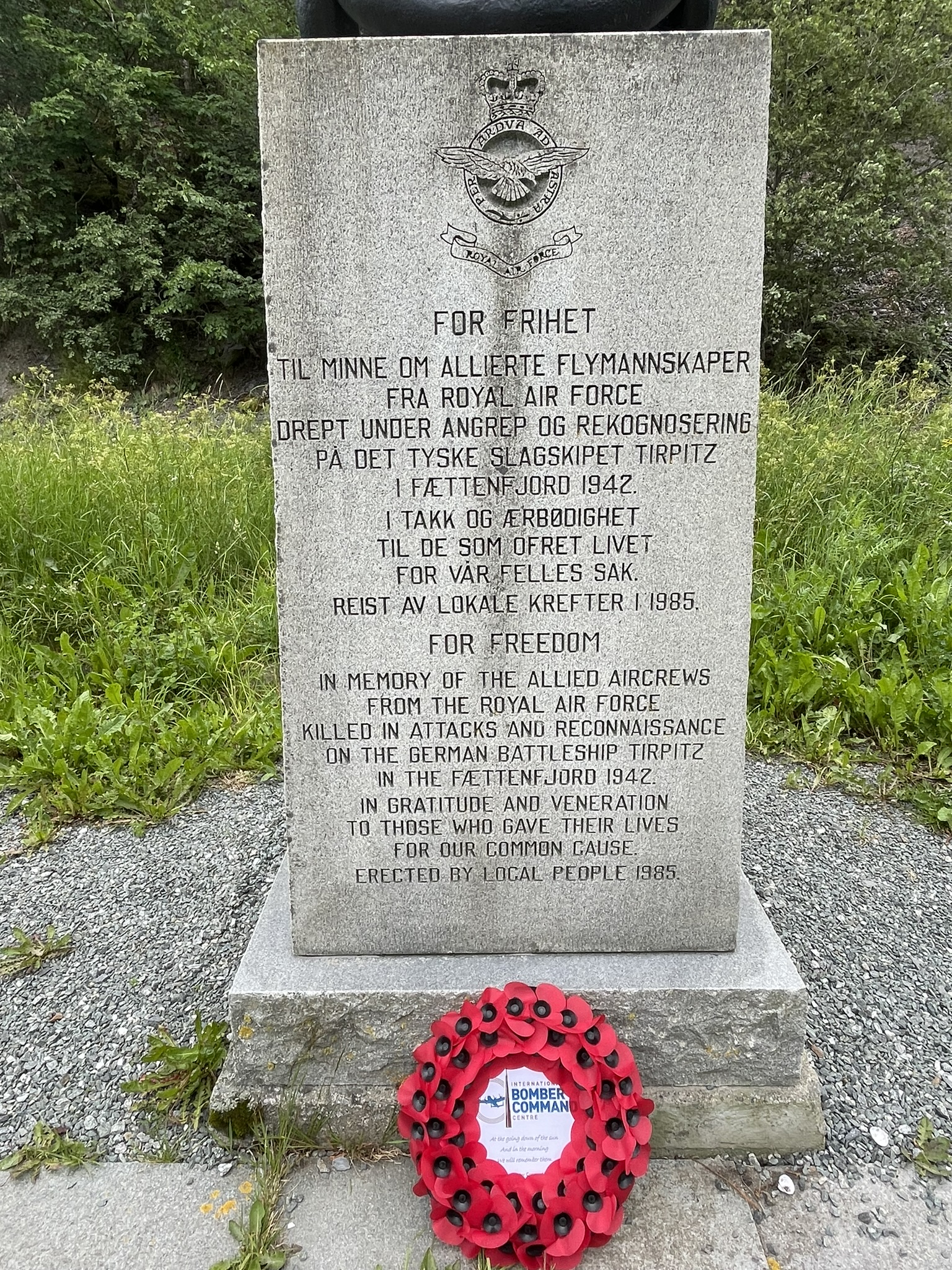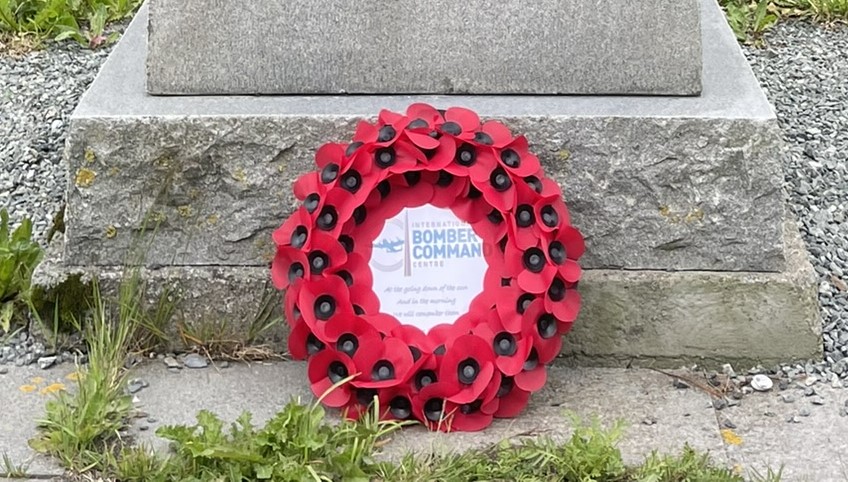Allison, Frank
Personal Information
| Rank | F/O |
| Forename(s) | Frank |
| Surname | Allison |
| Gender | M |
| Decorations | DFM |
| Date of Death | 29-01-1944 |
Aircraft Information
| Aircraft | Avro Lancaster III |
| Serial Number | JB712 |
| Markings | OF-U |
Memorial Information
| Burial/Memorial Country | United Kingdom |
| Burial/Memorial Place | Runnymede Memorial |
| Grave Reference | Panel 204. |
| Epitaph |
IBCC Memorial Information
| Phase | 2 |
| Panel Number | 122 |
Enlistment Information
| Service Number | 141772 |
| Service | Royal Air Force Volunteer Reserve |
| Group | 8 |
| Squadron | 97 (Straits Settlements) |
| Squadron Motto | Achieve your aim |
| Trade | Pilot |
| Country of Origin | United Kingdom |
Other Memorials
| Location | Church of the Holy Spirit, RAF Coningsby, Coningsby, Lincolnshire |
| Country | United Kingdom |
| Memorial Type | Stained Glass Window |
| Memorial Text | A stained glass window remembering 97 Sqn in the Church of the Holy Spirit, RAF Coningsby |
| Location | Roadside location (off E6), F�ttenfjord, near �senfjord, Tr�ndelag Fylke |
| Country | Norway |
| Memorial Type | Inscribed memorial stone atopped with inert aerial sea mine and Tirpitz anchor chain link |
| Memorial Text |
For Frihet Til minne om Allierte Flymannskaper fra RAF drept under angrep pa det tyske slagskipet Tirpitz i F�ttenfjord 1942
Translation "For freedom In memory of the Allied Aircrews from the RAF who died in attacks on the German Battleship Tirpitz in the F�ttenfjord 1942 " |
Miscellaneous Information
| Had 48 operational sorties to his credit |
Commonwealth War Graves Commission
The National Archives
| Record of Events (Operational Record Book) AIR 27/768/2 |
| Summary of Events (Operational Record Book) AIR 27/768/1 |
Fellow Servicemen
Please note that this list gives all the losses aboard the quoted aircraft and occasionally these may have occurred on an earlier date when the aircraft was not itself lost. Please check the dates of death carefully.
Last Operation Information
| Start Date | 28-01-1944 |
| End Date | 29-01-1944 |
| Takeoff Station | Bourn |
| Day/Night Raid | Night (16% moon) |
| Operation | Berlin. 677 aircraft, 46 losses (6.8%). The diversionary raids drew off a significant number of fighters but the German controller was able to re-group the over the target and many aircraft were Lost as a result. The cloud was broken and some ground marking was possible and despite claims by Bomber Command that the bombing was concentrated, the local report says otherwise. Nevertheless, around 180000 people were bombed out and an unusually high proportion of public and administrative buildings were hit, including the Chancellery. |
| Reason for Loss | Lost without trace |
